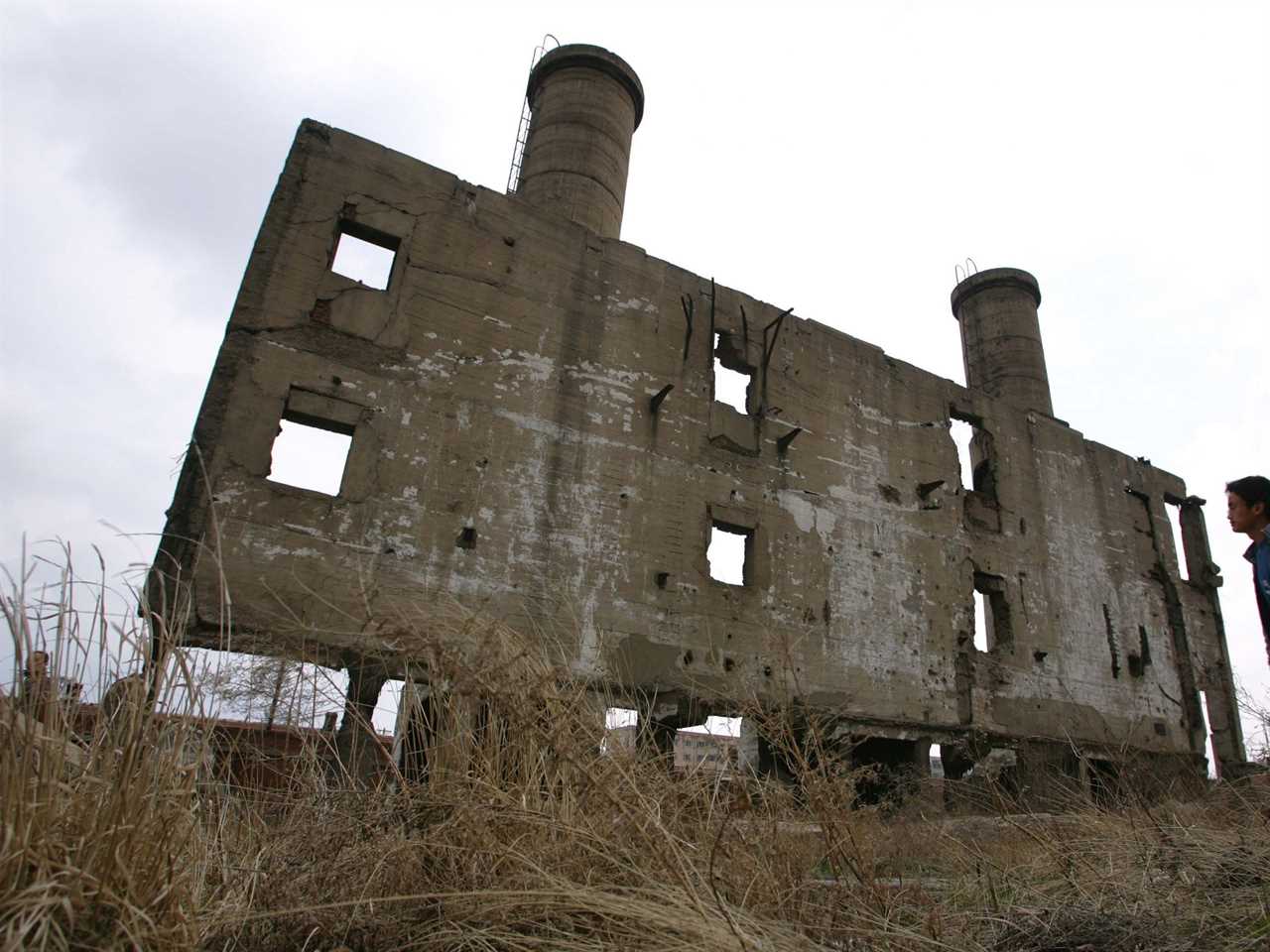Zhang Tao/Xinhua via Getty Images)
- Archaeologists found a bunker used by WWII Japanese scientists to conduct human experiments, says a report.
- They say the site could provide new evidence about war crimes committed by the notorious Unit 731.
- The Japanese scientists captured by the US were granted immunity in exchange for their research findings.
Chinese archaeologists have discovered an underground "horror bunker" used by Japanese scientists to conduct brutal experiments on humans before and during World War II, the South China Morning Post reported.
The facility near the city of Anda, China, is believed to have been used by Unit 731 of the Japanese Imperial Army, which conducted brutal experiments on humans between 1935 and 1945.
Japanese scientists exposed prisoners to pathogens and dissected them to learn about the effects on the human body. The findings were used by Japan's Imperial Army to spread typhoid, cholera, and plague across China, the outlet said.
The notorious unit experimented on and killed thousands of people, including men, women, and children.

REUTERS/Jason Lee
The research published in the journal Northern Cultural Relics in May could provide new evidence about war crimes.
"It also highlights the ongoing legacy of Unit 731's atrocities and their impact on global efforts to prevent biological warfare," the Heilongjiang Provincial Institute of Cultural Relics and Archaeology researchers said.
Archaeologists discovered the underground facility consisting of several interconnected tunnels and chambers after starting an investigation in 2019 using geophysical prospecting, drilling, and excavation techniques.
The researchers are yet to enter the bunkers, but the survey has revealed details about the underground structures, South China Morning Post reported.
A U-shaped cluster of bunkers was discovered five feet below the surface, as well as a circular room that archaeologists believe was used to observe and dissect human subjects after they were infected with pathogens or chemical agents.
Researchers said that their knowledge of the underground facility is still preliminary, and more work will need to be done to learn how the structures relate to each other.
Most of the surface-level buildings at the Anda site were destroyed in 1945 to erase evidence of the experiments, but the underground structures remain, archaeologists said.
Facilities were built below the ground to maintain secrecy, and these included barracks, bathhouses, and dining areas, according to the report.
Some Unit 731 researchers were arrested by Soviet forces and tried at the December 1949 Khabarovsk war crime trials, while those captured by the United States were granted immunity in exchange for their research findings.
Read More
By: [email protected] (Alia Shoaib)
Title: Horrific World War II bunker where Japanese scientists experimented on prisoners with biological weapons, found by archaeologists, report says
Sourced From: www.businessinsider.com/archaeologists-wwii-bunker-japanese-scientists-human-experiments-2023-5
Published Date: Sun, 28 May 2023 14:32:03 +0000
.png)





